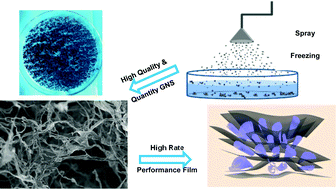Dry powder formulation of plasmid DNA and siRNA for inhalation
Chow MY, Lam JK
Abstract
Nucleic acid therapeutics has huge potential for the treatment of a wide range of diseases including respiratory diseases. Plasmid DNA (pDNA) and small interfering RNA (siRNA) are the two most widely investigated nucleic acids for therapeutic development. However, efficient and safe delivery of nucleic acids is still a major hurdle in translating nucleic acid therapy into clinical practice. For the treatment of respiratory diseases, administration via inhalation is the most direct and effective way to deliver therapeutic nucleic acids to the lungs. Although liquid aerosol formulation is investigated in most of the studies, it is not desirable in terms of maintaining the stability of nucleic acid especially during long-term storage. This problem could be circumvented by formulating the therapeutic nucleic acids into dry powder for inhalation, and should be considered as the future direction of developing inhalable nucleic acids. In this review, the three major particle engineering methods investigated for the preparation of inhalable pDNA and siRNA formulations, including spray drying (SD), spray freeze drying (SFD) and supercritical fluid (SFC) drying, are discussed and compared. Moreover, common assessment methods and the challenges of evaluating the biological activities of inhalable nucleic acid powders are also reviewed.

